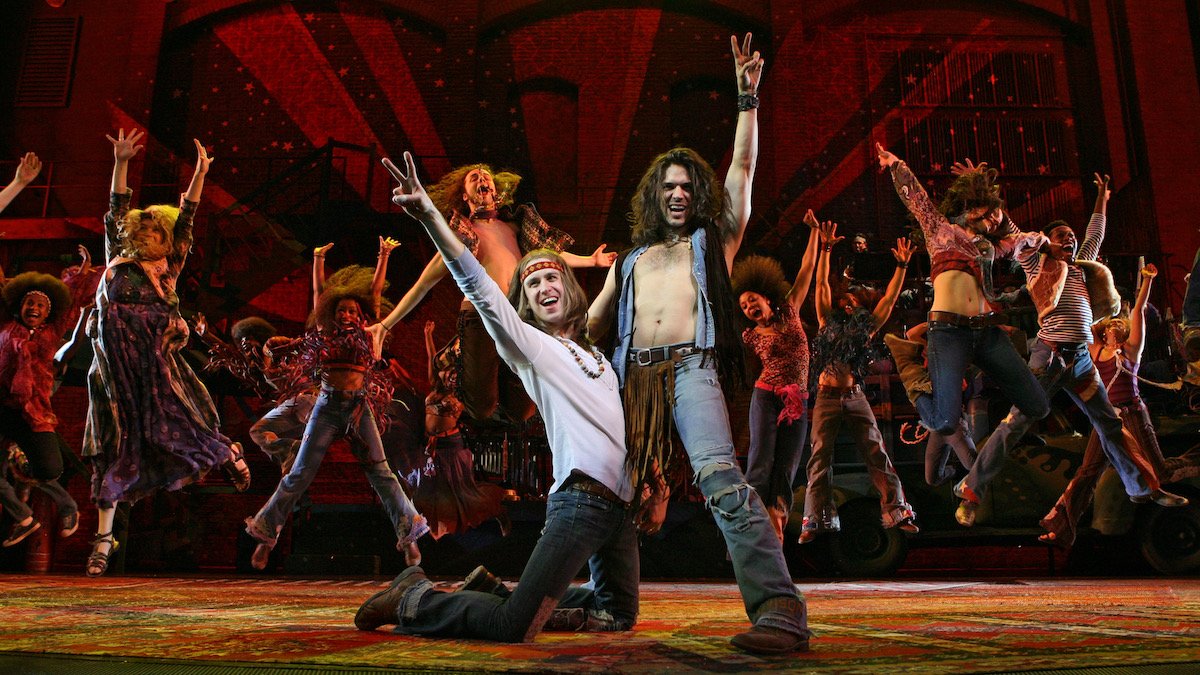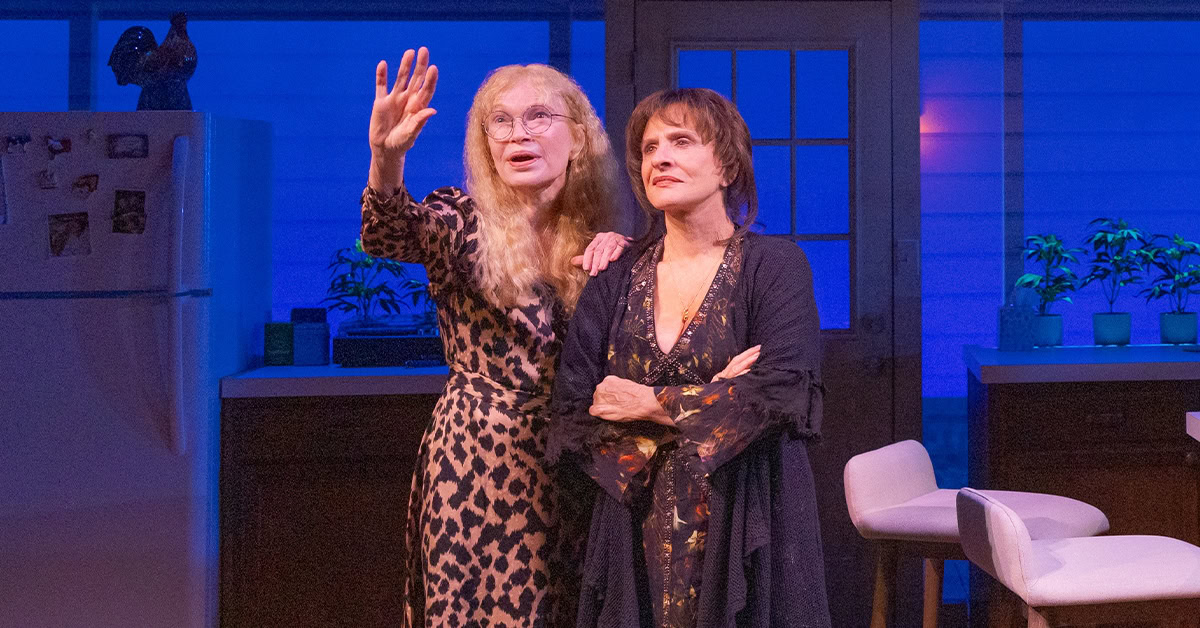
(Warning: This review may contain spoilers for the novels Appointment With Death, Death on the Nile, The Hollow, and Five Little Pigs; as well as Christie’s stage adaptations of these plays.)
NOTE: The title of this essay is taken from a chapter from The D. Case: The Truth About the Mystery of Edwin Drood by Carlo Fruttero and Franco Lucentini; a novel where multiple fictional detectives, such as Hercule Poirot, Sherlock Holmes, Father Brown, Nero Wolfe, Philip Marlowe, Inspector Maigret, and several other fictional sleuths; solve the central mystery of Charles Dickens’ last, unfinished novel. The solution posited in The D. Case is advanced by Poirot at the end, in a chapter whose title was too good and too apt not to quote here.
Most Agatha Christie fans are aware that she wrote plays in addition to novels and short stories. The Mousetrap, Witness for the Prosecution, and And Then There Were None are the most famous and successful of her plays, but she wrote many more, some of which have never been published, and at least one has never been performed. Though some of her plays are original, most are adaptations of her previously released stories, some of which deviate substantially from her original work. From 1945 to 1960, Christie adapted four of her best novels featuring Poirot, and turned them into stage plays, none of which have Poirot as a character.
Throughout the late 1920s and up to the early 1940s, Poirot did appear on stage in three plays, first in Alibi (renamed The Fatal Alibi when the play came to America), Michael Morton’s 1928 adaptation of The Murder of Roger Ackroyd. Morton originally wanted to take a few decades off of Poirot’s age and transform him into a ladies’ man named Beau Poirot. This incident was later worked into the plot of Mrs. McGinty’s Dead, where Ariadne Oliver is forced to wrestle with an overzealous playwright, Robin Upward, who wants to dramatize one of Mrs. Oliver’s books and turn her elderly Finnish Hjerson into a young, active member of the Norwegian Resistance movement. Christie’s displeasure convinced Morton to “youthanize” the character of Caroline Sheppard instead, and Charles Laughton played Poirot on stage. Christie respected Laughton as an actor, but she felt that he was much too large a man to play the role, and that he overplayed some of Poirot’s mannerisms at the expense of subtlety. Laughton would play other Christie roles in later years, including Alexander Bonaparte Cust in a half-hour version of The ABC Murders on the radio series Suspense, and he would also give an Oscar-nominated performance as Sir Wilfred Robarts in the Billy Wilder-directed movie version of Witness for the Prosecution.
Christie would write an original play starring Poirot: Black Coffee, where a prominent scientist is poisoned, and a chemical formula that might change the fate of the world is missing. Numerous plot points from previous Christie stories are borrowed for Black Coffee, most notably from The Mysterious Affair at Styles. The role of Poirot was originated by Francis L. Sullivan in 1930. Christie came to be close friends with Sullivan and his wife, and Sullivan would reprise the role of Poirot a decade later in Arnold Ridley’s adaptation of Peril at End House. Though Christie liked Sullivan as a person and as an actor, she thought that the tall, imposing Sullivan did not resemble Poirot physically or capture what she considered was the essence of the great detective.
One of Christie’s major concerns when watching actors play Poirot was that they turned him into a caricature rather than a real character. Flamboyance was utilized when subtlety was needed. Since an actor who fit Christie’s physical specifications, had the charisma to command the stage while conducting the investigation, and who could also avoid overacting was hard to find, Christie made a major decision. When adapting her own novels for the stage, she would delete Poirot.
Christie plunged into the world of theatre during the Second World War, when she needed an escape from the horrors and strains of wartime. She started by adapting And Then There Were None in 1943, and some adaptations of Poirot novels would follow. When adapting her novels for the stage, the absence of Poirot naturally left a substantial gap in the narrative. In some instances, Christie would create a very different detective to lead the investigation. In others, Christie would shift the primary focus of the play from the hunt for the killer and toward exploring the various characters and understanding how the murder affected them, as well as exploring how the shadow of suspicion affected the lives of the innocent victims of unsolved crimes.
The first Poirot novel to arrive on stage without Poirot was Appointment with Death. The novel was published in 1938, and the stage play was initially performed in 1945. The plot focuses on the highly troubled Boynton family, tyrannized by an emotionally abusive matriarch. When Mrs. Boynton dies under mysterious circumstances, the family is haunted by her continuing intangible presence and legacy of malice. In the novel, the bulk of the plot is driven by Poirot’s hurried investigation, consisting of interviews with all of the people connected to the case. Without Poirot, Dr. Sarah King is eventually responsible for revealing the solution to the case, but the solution is dramatically different from the novel. The original killer is completely innocent in the play, and the play’s solution emphasizes Christie’s recurring themes of the self-destructive nature of evil and the need for the innocent to have their blamelessness known by the rest of the world. The surviving members of the family (Carol Boyton, like Poirot, was cut from the stage play) are still traumatized by Mrs. Boynton’s mental and emotional abuse, and are unable to move on with their lives, find happiness, or heal their psychological scars.
The fact that murders need to be solved in order to exonerate the innocent as well as punish the guilty is a central theme that runs throughout Christie’s work. Other than in the stage play version of Appointment with Death, the fullest expression of this theme can be found in her novel Ordeal by Innocence. While the novel focuses mainly on Poirot’s investigation with occasional glimpses into the still-damaged psyches of the Boynton children, the plot of the stage version places a heavier emphasis on the lingering effects of longtime emotional and mental abuse upon the younger generation of Boyntons.
The original stage production featured Joan Hickson as Miss Pryce, and Hickson once commented that Agatha Christie approached her and told that “Someday I would like you to play my Miss Marple.” Hickson would have a small role as a housekeeper in Murder, She Said, a film adaptation of 4:50 from Paddington, and would eventually star as Miss
Marple in television adaptations of all twelve Miss Marple novels.
Francis L. Sullivan had been urging Christie to write another play for him to play Poirot for some time, and for equally as long Christie had been trying to persuade him to play a character other than Poirot. Christie had been working on a version of the Death on the Nile for some time, originally calling the play Moon on the Nile, though the title Hidden Horizon was also utilized. Eventually, Christie titled the play Murder on the Nile, thereby emphasizing the major changes in storyline and characterization. Most of the characters in Murder on the Nile have had their names changed from Death on the Nile, and several of them are amalgams of multiple characters from the book.
Christie proposed many new characters for Sullivan to play, but nothing seemed to appeal to him until Christie eventually suggested that he play a clergyman. Sullivan was attracted to the idea, and Christie created the character of Canon Pennefather, who takes on the roles originally played by Poirot and Andrew Pennington in the novel Death on the Nile. Pennefather is a viable suspect in the crimes, and at various points in the play two other characters appear to step into the role of detective.
Ironically, the development process lasted for an extended period of time before the play was finally produced in 1946, and other commitments left Sullivan unable to play the role of Pennefather. This would not be Sullivan’s last Christie role, however. In the 1950s, Sullivan went to Broadway and won a Tony for playing Sir Wilfrid Robarts in Witness for the Prosecution.
The play Murder on the Nile not only condenses the number of suspects, but it also condenses the number of corpses as well, and the final fate of a guilty party is quite different from that of the book. There are some possible reasons for the change in a killer’s fate. Christie felt that during the postwar period audiences might not respond well to a comparatively bleak ending, hence the alterations that she made to the end of And Then There Were None. In Murder on the Nile, a killer is granted an opportunity for repentance and a certain level of redemption. This is an interesting point, for Christie’s murderers rarely show any remorse for their crimes, save for being sorry that they got caught. The closing scene of the play is a rarity in Christie’s work, for except for Curtain, Cat Among the Pigeons, and to a certain extent And Then There Were None, there are very few cases in Christie’s work where the killers are haunted by regret for past crimes and are genuinely concerned for the fates of their immortal souls.
Murder on the Nile is primarily plot-driven by the investigation, whereas later plays are increasingly character-driven. Christie once stated that The Hollow (1946), one of her most character-driven books, was “ruined” by the presence of Poirot, for though he did a good job unraveling the mystery, his presence distracted from the human drama that formed the heart of the novel. The 1951 stage version gave Christie a chance to revisit the story. No new character is created to replace Poirot, for though the police detectives do investigate the case, their role is ultimately peripheral, as the play is driven by the suspects, their relationships, their romance issues, and their other desires. The police do solve the case, but their discoveries are not revealed in a traditional manner. Large portions of the play are addressed to the characters working at solving their personal problems, rather than the crime. Unlike Appointment with Death, the characters are not particularly concerned with escaping from the shadow of suspicion than they are with finding happiness or at least finding a more satisfactory way to live their lives. In many ways, The Hollow is Christie’s best and most effective of the four plays where Poirot is deleted, blending developed characters with mystery. Of the four plays without Poirot, not only is Poirot’s absence in The Hollow the least striking, but the denouement of The Hollow is also the most satisfactory, at least in this author’s estimation.
Finally, Go Back for Murder (1960) is an adaptation of Five Little Pigs (1942), which is arguably one of, if not the best, of Christie’s novels. Here, the void left by Poirot’s absence is filled by the new character of Justin Fogg, a lawyer familiar with the original case of Caroline Crale, who was convicted of poisoning her husband, and many years later her daughter Carla seeks to prove her mother’s innocence. Fogg handles Poirot’s basic role, though he is not nearly as distinctive and memorable a character as Poirot. In the end, Fogg does play another role in the plot that Poirot could never play. Notably, in Go Back for Murder, the parts of Caroline Crale and her daughter Carla can be– and often are– both played by the same actress. The suspects also play the older and younger versions of themselves, adding a particularly interesting acting challenge for the performers. The play shifts between the past and the present, as contrasting perspectives illustrate the differences between the times and highlight the discrepancies that lead to a unmasking of a killer.
After 1960, Christie’s playwriting output decreased dramatically, and over the last decade and a half of Christie’s life only two more of her original plays were performed: Rule of Three, consisting of three one-act crime plays, and Fiddler’s Three (an revised version of a play called Fiddler’s Five). Even after Christie’s death, adaptations of her work continued to be created and performed, including Leslie Darbon’s 1981 adaptation of Cards on the Table, which followed in the Christie tradition of deleting Poirot. Christie’s concern over finding an actor who could accurately play Poirot may have been valid, but recently, David Suchet, who has played Poirot so well– and accurately– for over twenty years, performed as Poirot in a staged reading of Black Coffee. More details on Suchet’s performance in Black Coffee can be found here. It remains to be seen if there will be future stage adaptations of Christie’s work at all, and if they will feature Poirot. At one point, David Suchet expressed an interest in playing Poirot in a new stage adaptation of one of Christie’s novels. The four Christie adaptations of Poirot’s works are of special interest for Christie fans, for not only do they illustrate how Christie thought that her own books should be simplified for the stage, but also the role that Poirot played in Christie’s works. Personally, I really miss Poirot in Christie’s stage adaptations, but I understand why Christie decided to cut him from her plays.
To license a play by Agatha Christie, visit the Agatha Christie Collection in the US or UK.
Originally printed on the Official Agatha Christie website.

Pop/Rock Musicals

Women Sharing the Spotlight: Plays Carried by Women

